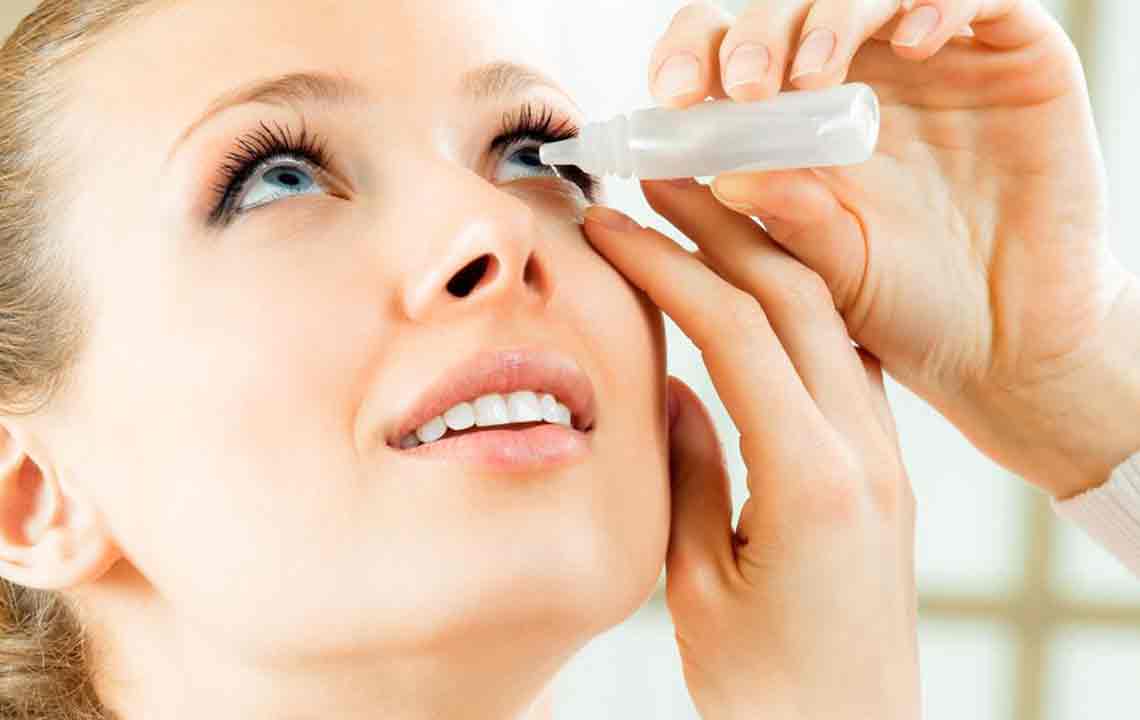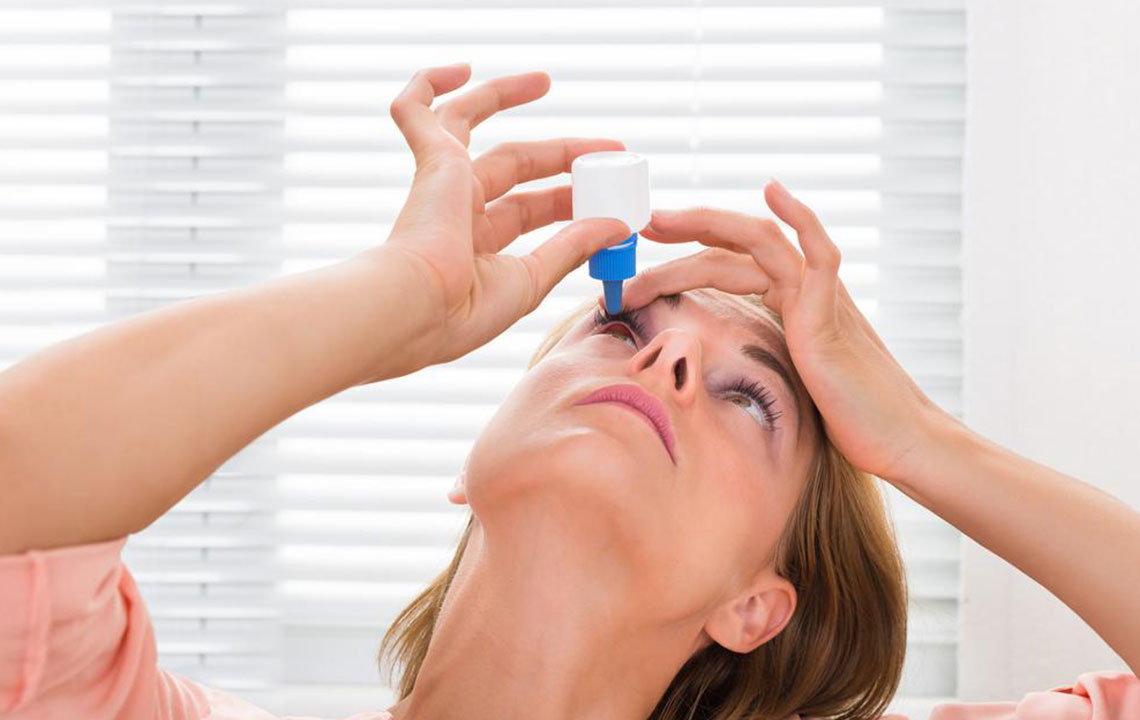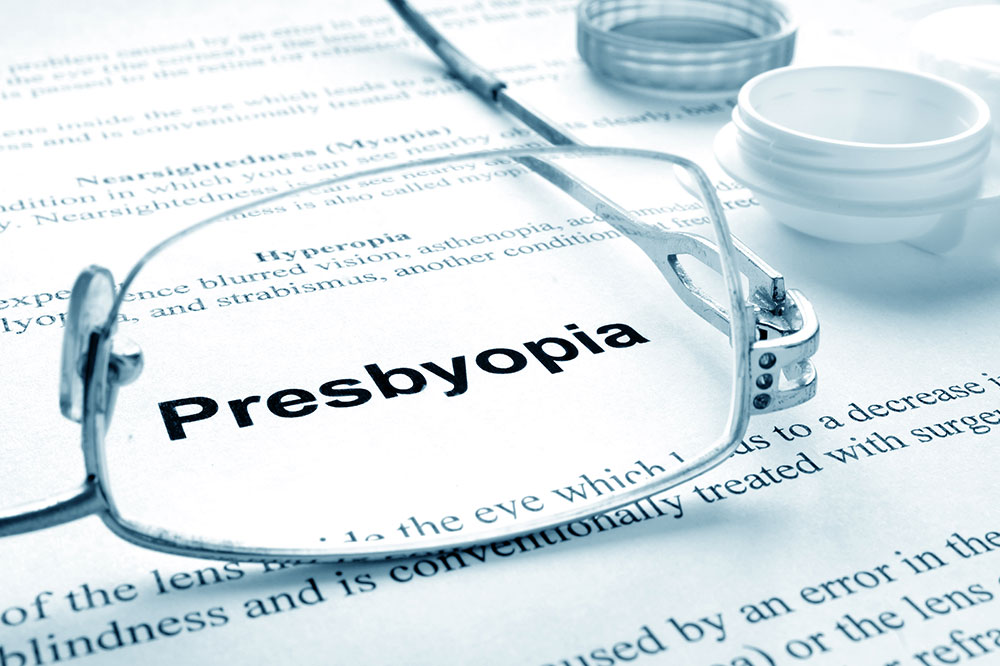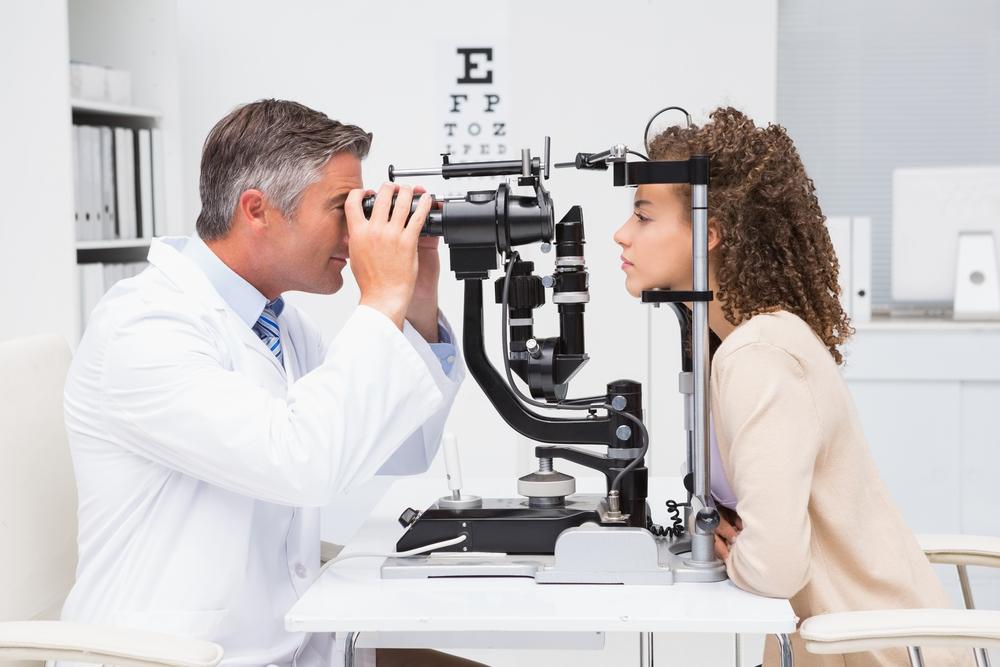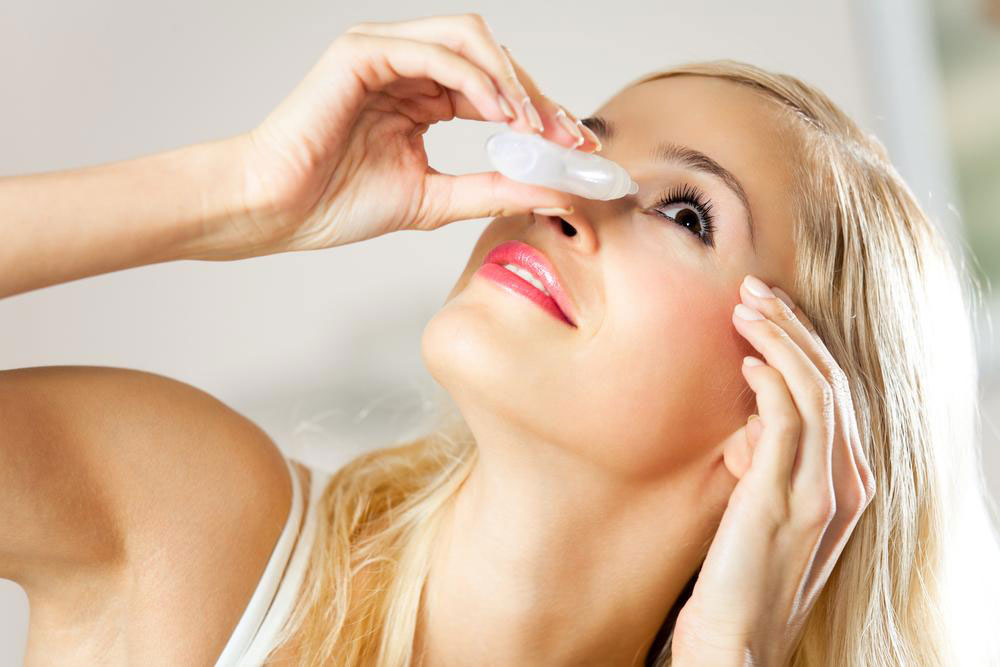The Ultimate Guide to Effectively Managing Dry Eye Syndrome for Better Eye Health
Dry eye syndrome affects millions worldwide, caused by tear deficiency or evaporation. Effective management involves artificial tears, lifestyle adjustments, environmental protection, and nutritional support. Understanding the causes and comprehensive treatment options ensures better eye health and reduces complications. This guide provides an in-depth look into dry eye syndrome, emphasizing early detection and personalized care for lasting relief.

Deep Dive into Dry Eye Syndrome: Causes, Symptoms, and Comprehensive Treatment Strategies
Dry eye syndrome, also known as keratoconjunctivitis sicca, is a widespread ocular condition that affects millions worldwide. It occurs when the eyes do not produce enough tears or when the tears evaporate too quickly, resulting in a persistent feeling of dryness, irritation, and discomfort. This condition can significantly impact daily life, causing blurred vision, redness, and sensitivity to light, and in severe cases, leading to more serious eye complications such as infections or corneal damage.
Understanding the underlying causes of dry eye syndrome is crucial for effective management. It arises from an imbalance in the tear film, which normally comprises three layers: oily, aqueous (water), and mucinous substances. Disruption in any of these components can lead to instability in the tear film, making the eyes prone to dryness. Conditions such as Keratitis Sicca, Ocular Surface Disease, or Tear Dysfunction contribute to the syndrome, further complicating treatment.
Numerous factors increase the risk of developing dry eye syndrome. Aging is a major contributor because tear production naturally decreases over time. Hormonal changes during menopause, pregnancy, or menstruation can alter tear film composition, worsening symptoms. Certain medications such as antihistamines, antidepressants, or blood pressure drugs may reduce tear secretion. Environmental factors play a significant role — dry, windy, or high-altitude environments accelerate tear evaporation, while indoor heating or air conditioning can dehydrate the eyes.
Prolonged use of digital devices is another common culprit, leading to reduced blinking rate and increased eye strain. Contact lens wearers often experience dryness if lenses are not properly maintained or if usage exceeds recommended durations. Medical conditions like Sjogren’s syndrome, systemic lupus erythematosus, diabetes, or thyroid disorders impair tear production or alter tear composition, thus heightening susceptibility to dry eye symptoms.
Recognizing early signs and symptoms is essential for timely intervention. Common indicators include persistent redness, burning sensation, itching, a feeling of grittiness or foreign body in the eye, blurred or fluctuating vision, light sensitivity, heavy eyelids, and reflex tearing — an attempt by the eyes to compensate for dryness. If left untreated, these symptoms can lead to corneal abrasions, recurrent infections, or even vision loss.
Effective Strategies and Treatments for Dry Eye Syndrome
There are numerous treatment options available to alleviate dry eye symptoms and restore ocular comfort. The cornerstone of management is maintaining adequate tear lubrication. Over-the-counter artificial tears and lubricating eye drops provide immediate relief by supplementing natural tears, especially in mild cases. For more persistent symptoms, ophthalmologists may prescribe medicated eye drops such as cyclosporine or lifitegrast that help increase tear production by reducing eye inflammation.
In addition to medication, warm compresses and lid hygiene practices are highly effective. Applying a warm compress to the eyelids helps to stimulate oil gland secretion, improving tear quality and preventing tear evaporation. Eyelid massages, combined with gentle cleansing, assist in clearing blocked meibomian glands, which are responsible for oil production. These routine practices can be performed daily to promote eye health.
Protecting the eyes from environmental triggers is vital. Wearing sunglasses with UV protection outdoors reduces exposure to harsh sunlight and wind. Using humidifiers in homes or offices can maintain optimal indoor humidity levels, preventing dry, stale air from exacerbating symptoms. Maintaining proper blinking habits, such as conscious blinking during screen time, can prevent excessive dryness caused by reduced blinking rates.
Nutrition also plays an important role in managing dry eye syndrome. Consuming foods rich in omega-3 fatty acids — such as fish, flaxseeds, and walnuts — supports healthy tear film and reduces inflammation. Vitamin A, found in carrots, sweet potatoes, and leafy greens, is essential for maintaining healthy corneal tissue. In some cases, nutritional supplements may be recommended to enhance eye health further.
For severe or resistant cases, advanced medical interventions may be necessary. Punctal plugs — tiny devices inserted into tear ducts — block tear drainage, effectively retaining moisture in the eyes. Autologous serum eye drops, derived from the patient’s own blood, are used in refractory cases to promote healing of the ocular surface. In rare instances, surgical procedures or laser treatments may be considered to improve tear production or tear film stability.
Overall, managing dry eye syndrome requires a comprehensive approach tailored to the individual’s needs. Regular eye examinations ensure proper diagnosis and timely intervention. Eye care professionals may customize treatment plans combining topical medications, lifestyle adjustments, environmental modifications, and nutritional support to achieve optimal eye health. With diligent care, it’s possible to significantly reduce symptoms, improve comfort, and maintain healthy vision over the long term.
